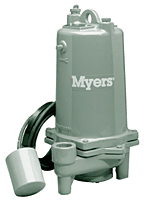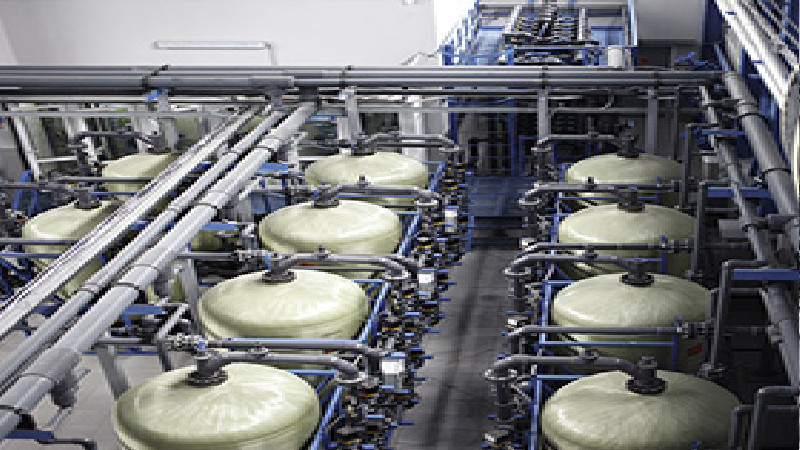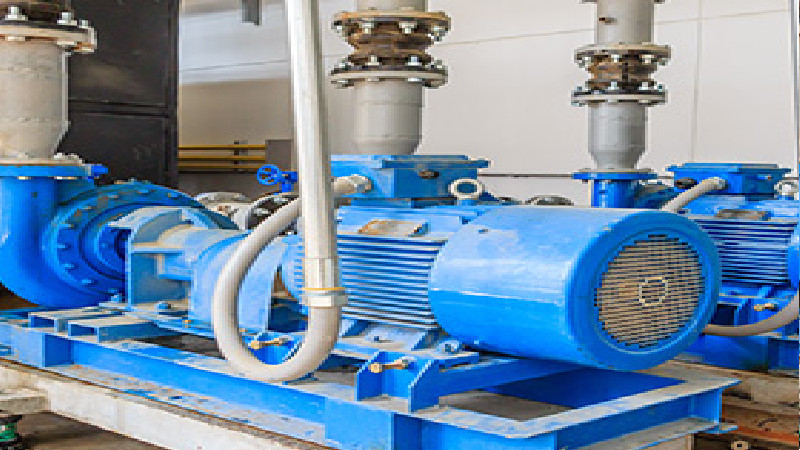Together, the lead screen or the ball screw and the nut are considered the ball assembly. Each of these components of the assembly has to be precisely manufactured to create a free-flowing system with limited friction and a high level of ability to transfer the movement up and down the screw for effective and efficient operation.
The key in the design of the assembly is to ensure the ball nut does not actually make contact with any part of the ball screw. This is accomplished by using small ball bearings that are carefully selected to fit into the thread of the nut and the screw, holding the nut just off the surface. As the balls are free to rotate along the screw and within the nut, they do not create the drag or the friction that would occur with any other type of movement up and down the ball screw.
The Design Options
For the ball nut to function, the balls need to be recycled or returned through the nut to provide a constant supply. This is known as the ball return system, and it can be either internal to the nut or on the exterior of the nut.
Both options can be very effective, and it is largely a factor of where the ball screw assembly is used and the type of application. Generally, the interior ball return systems allow for a more streamlined exterior to the nut, which is more pronounced with larger diameter ball screws and the subsequently larger thread profiles.
The key to designing the ball nut, in addition to precision manufacturing, is in ensuring the deflection, or the amount of compression the entire assembly can stand before it impacts the performance. This is a factor of length, the end supports or mounts, and the precision machining used to create the assembly.



